Tabish is a world traveler who has lived abroad and now resides in a charming one bedroom townhouse on the upper west side of Manhattan.
Growing up in Kenya, I was surrounded by wildlife. One of my earliest memories as
a child of 4 or 5 years of age is watching a lion cub, the cutest thing I’d ever seen. I
wanted to take it home, but my dad said I could have a kitten instead that was just as cute and from the same family. The rest, as they say is my cat history.
I have worked in the humanitarian sector in Europe, Africa, and Asia, using my
fluency in English, Swahili, Punjabi and Urdu.
My other passion had always been for fashion. I studied towards a M.A at Central St Martins, London, which opened up opportunities to work with artisans in Kenya, Gambia and Nepal to create artisanal jewelry and textile collections. It also enhanced my inherent talent for fashion styling. My motto is, Wear Color Every Day.
REVIEWS
Megan - by survey 07/25/2024
* * * * *
Tabish was phenomenal! We recently moved to the city, and are so appreciative that we were able to be connected to a fellow cat lover who took care of our cats as though they were her own.
Dalia - by survey 02/14/2023
* * * * *
Tabish is reliable, friendly, and kind. She took great care of my cat and sent daily updates. She also played with him and made sure he was okay during my absence. She is a lovely person.
Nancy - by survey 09/10/2022
* * * * *
Extremely satisfied! Tabish is amazing. I was very happy to receive the frequent updates she sent, which showed that our usually reserved kitty, Biscuit, was relaxed and comfortable in Tabish's company. Knowing that Biscuit was in such good hands made our vacation that much more enjoyable.
Thurman - by survey 03/20/2022
* * * * *
Tabish was great! Very communicative and I could tell that she really enjoyed my cat's company!
Natasha - by survey 01/18/2022
* * * * *
Loved Tabish, she was committed and caring and I am certain I can trust her with my cat. Ne is so shy and takes ages to get used to people and get out of her hiding spot. But she did this time. Will def ask Tabish to look after Ne again.
Tony - by survey 12/30/2021
* * * * *
Zeus is a very social cat and it is very clear when he's not had enough attention, especially after a week away. I was happy to see that he was not at all anxious or needy when we came back home.
Lee - survey
* * * * *
Tabish did a great job communicating with us and spent lots of quality time with Pinot! We felt certain that he was being well taken care of. I’d be happy to have Tabish cat sit for us again.
Melanie - survey
* * * * *
Tabish really went so far above and beyond in caring for our cat (and our plants!), especially dealing with an issue with our spare key not working. She was so communicative and friendly even with all of that hassle and my slow response times. Our cat was comfortable with her and happy when we returned. Her updates were thoughtful and thorough. I really can't say enough good things about Tabish --I will definitely be requesting her specifically next time we go out of town!
Jenn - survey
* * * * *
Tabish is the best! She is so sweet with my cat Matty - goes above and beyond by petting her, brushing her, and giving her treats. Matty is a social cat, so this makes her happy.
Brendan - survey
* * * * *
Tablsh is really good with my boys. They have got used to her no, and really nice to see that she can get exceptionally shy Dusty to eat treats out of her hand importantly, I trust her. She keeps me informed of what's going on and I feel safe leaving my cats and my apartment in her hands.
Tim - survey
* * * * *
Tabish was easy to communicate with to set up the visit. She was friendly and too an immediate liking to our cats. She gave great updates during the sittings.
Sahur - survey
* * * * *
Tabish has been absolutely fantastic and very accommodating. We’ve had the opportunity to do both sitting and in home boarding and she has been lovely to work with, is a wonderful lady and has so much knowledge and understanding of cats that we felt completely secure about leaving our furry rascals with her. She goes above and beyond to care for them and both cats were very secure when we came back.
Daniel - survey
* * * * *
Professional, kept in good contact with us, loved our kitties
Brendan - survey
* * * * *
Tabish followed instructions and was very attentive and patient with my cats, particularly shy Dusty - he always hides when strangers come, but she would check on him and try to coax him with treats, but leave him alone if he didn't want to be bothered with. By the last two visits, he had come out of hiding, which is very unusual for him, and shows that he was getting comfortable with her.
Dana
* * * * *
Tabish was really fantastic with Princeton and sent us many photos of them cuddling. We were also late to deliver him because he was hiding, and she was incredibly patient and flexible.
Rachel
* * * * *
Tabish was so great with Astrid. I was truly able to enjoy my holiday knowing Astrid was in good hands.
Ai-Lin
* * * * *
Tabish has taken care of my cat many times. She always sends me adorable pictures and I can tell she is very passionate about cats. It’s always hard to be away from my cat but I know August will be in good hands with Tabish.
Caroline
* * * * *
Tabish was very open and friendly. It was easy to see how much see loves cats and especially how much she adored our 2 cats. She did a great job taking care of them and truly made an effort to earn their trust.
Matthew
* * * * *
Tabish was amazing and very nice, friendly and affectionate with our cat.
Nathalie
* * * * *
Tabish is such a nice person. She kept contact with our daughter every day. We hope that she will be available next time we will go away.









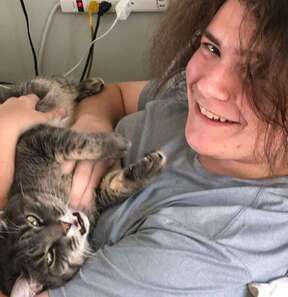



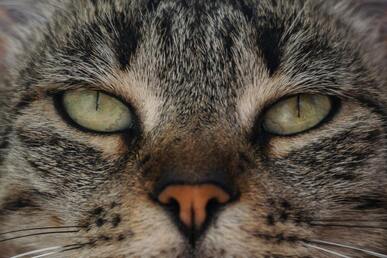
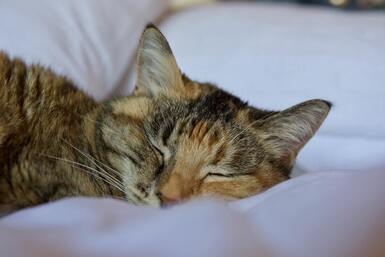
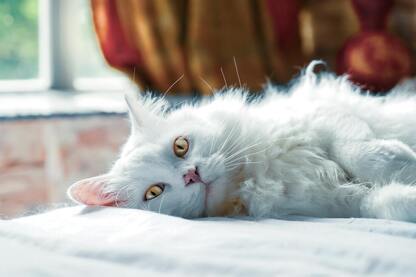




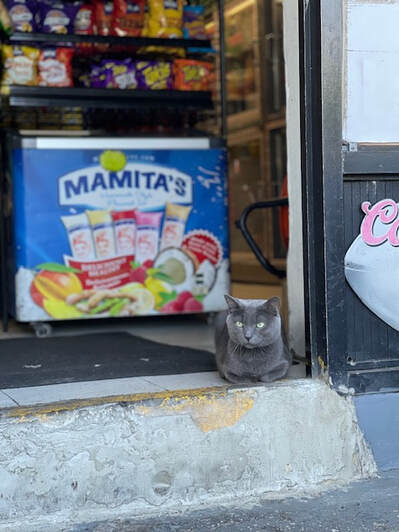




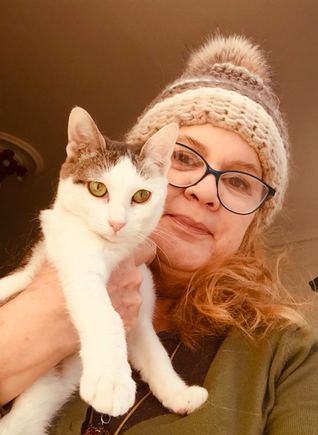



 RSS Feed
RSS Feed

